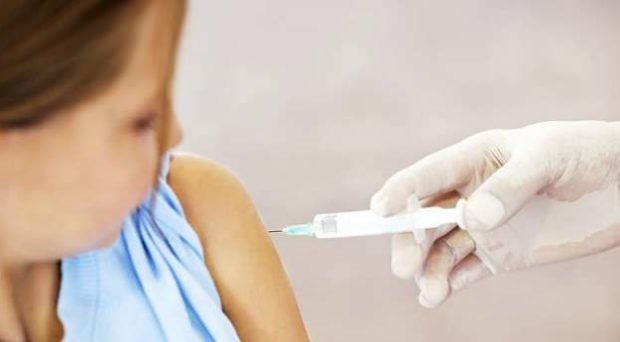
Adults in the UK with long term chronic conditions are recommended a seasonal flu vaccine every year from their GP surgery or local pharmacy to protect them against flu in the forthcoming season.
Two main types of seasonal flu currently affect humans – flu A, of which there are two main subtypes (A/H3N2 and A/H1N1pdm09) and flu B, for which there are two groups. Each year there are differences in the dominant seasonal flu strain(s) that circulate.
Traditionally, flu vaccines have contained three different virus strains – against the two main predicted flu A viruses and one of the flu B lineages. These are called trivalent vaccines. In more recent years quadrivalent vaccines have become available that protect against both main flu B lineages that can circulate as well as the two main predicted flu A viruses.
We sought to estimate the cost-effectiveness of these programs (trivalent and quadrivalent), establishing a maximum incremental total cost per dose of quadrivalent vaccines over trivalent vaccines. To do this we used a mathematical model of seasonal flu in England, the same model that was used to recommend that children in schools receive annual flu vaccines as well as the elderly and those in risk-groups, this time focusing on the burden of the B strains and updating parameters where necessary. This model is publically available and recreates seasonal flu epidemics over 14 years in England for all age groups. It estimates the number of infections, GP consultations, hospitalizations and deaths in the population for different proposed vaccination programs.
We found that introducing the quadrivalent vaccine is cost-effective for all groups; however, there are differences by group. If quadrivalent vaccines are given to children and at-risk adults younger than 65 years old, then the vaccines must be no more than £1.84 more expensive per dose than the trivalent vaccines in order for them to be cost-effective.
Increasing the eligibility for quadrivalent vaccination programs beyond the pediatric program reduces the additional amount that the NHS should pay to procure each vaccine dose. If the elderly population (65 years old and above) is also included, then that incremental cost should be no more than 20p per dose.
These results can be explained by considering two important factors. First, although flu A and B can affect anyone in the population, the flu B virus occurs mainly in children, and some children already receive a quadrivalent nasal spray vaccine in school. Second, the childhood flu program – once fully rolled out – will tackle a lot of the burden of flu B, and this will inevitably reduce the potential direct impact of quadrivalent vaccines for older individuals.
In summary, quadrivalent flu vaccines are cost-effective for all groups, but are particularly cost-effective for school children who gain the greatest benefit from the extra protection offered by the vaccine against flu B, compared to the elderly.
Comments